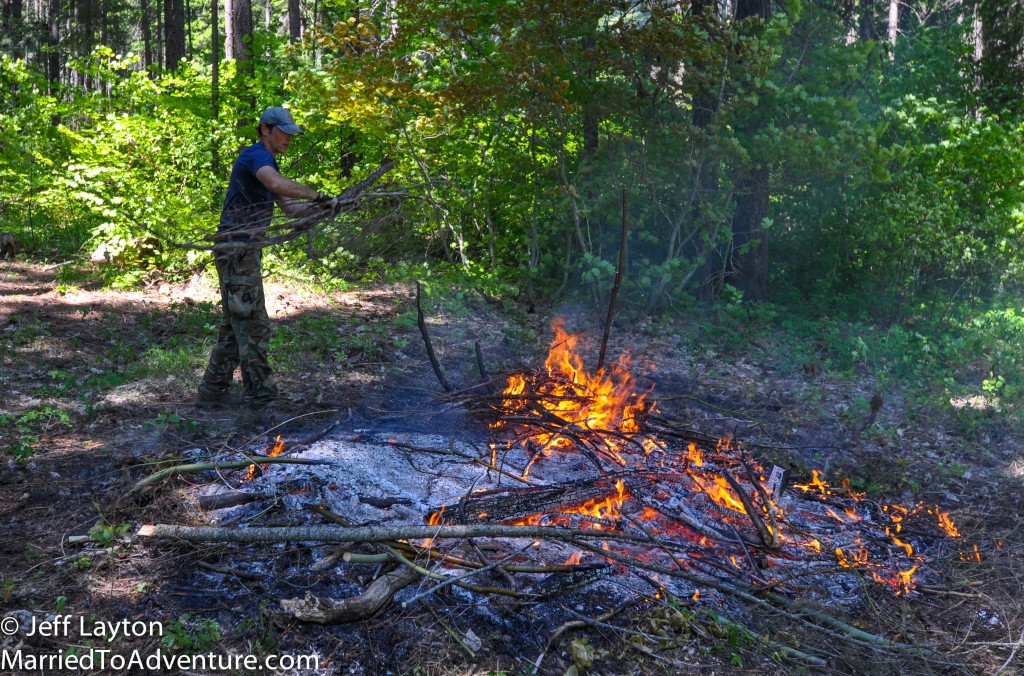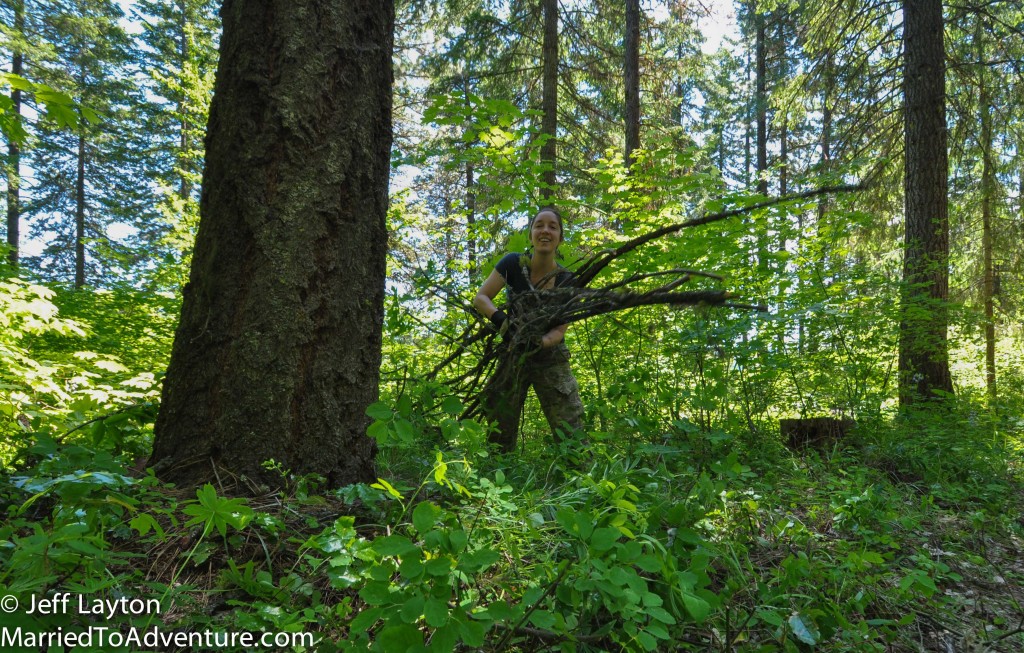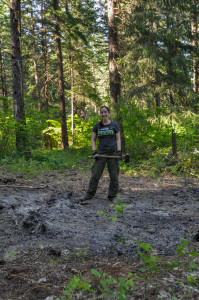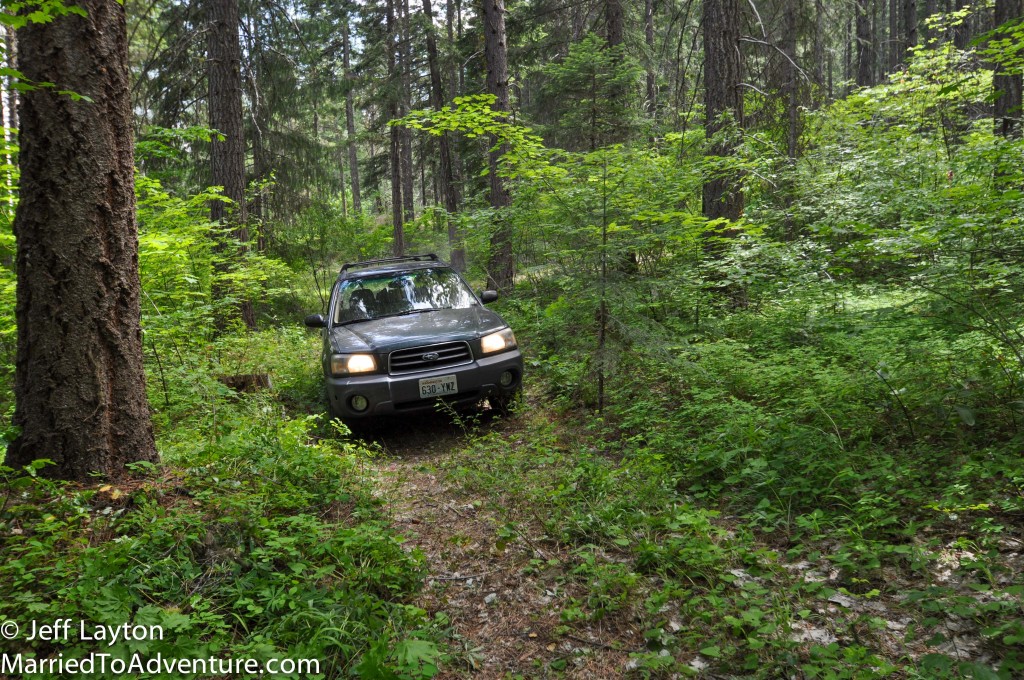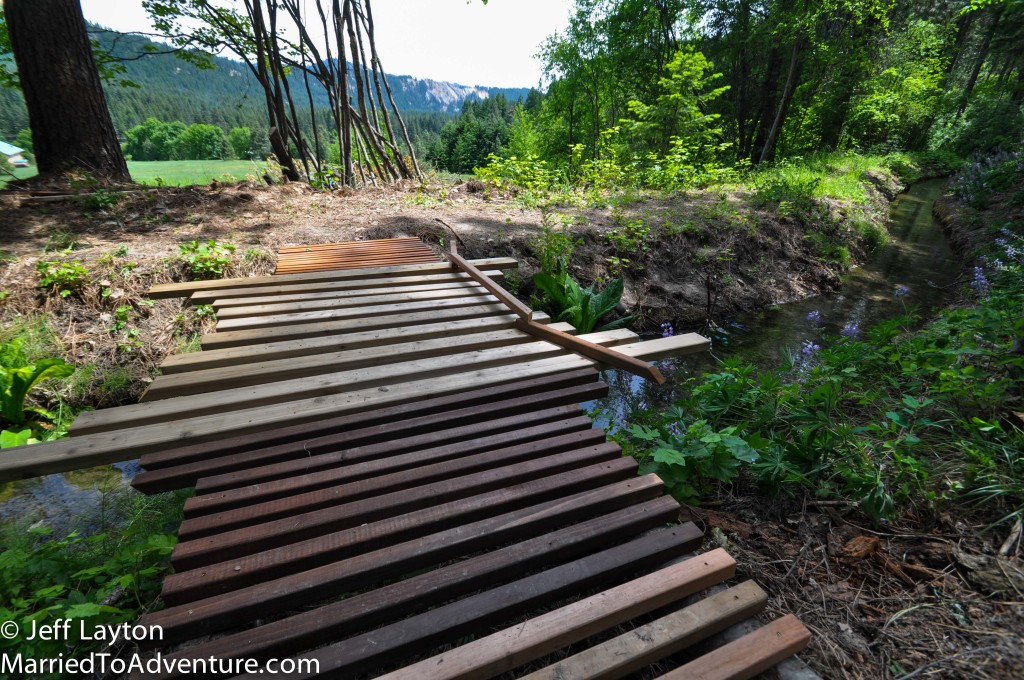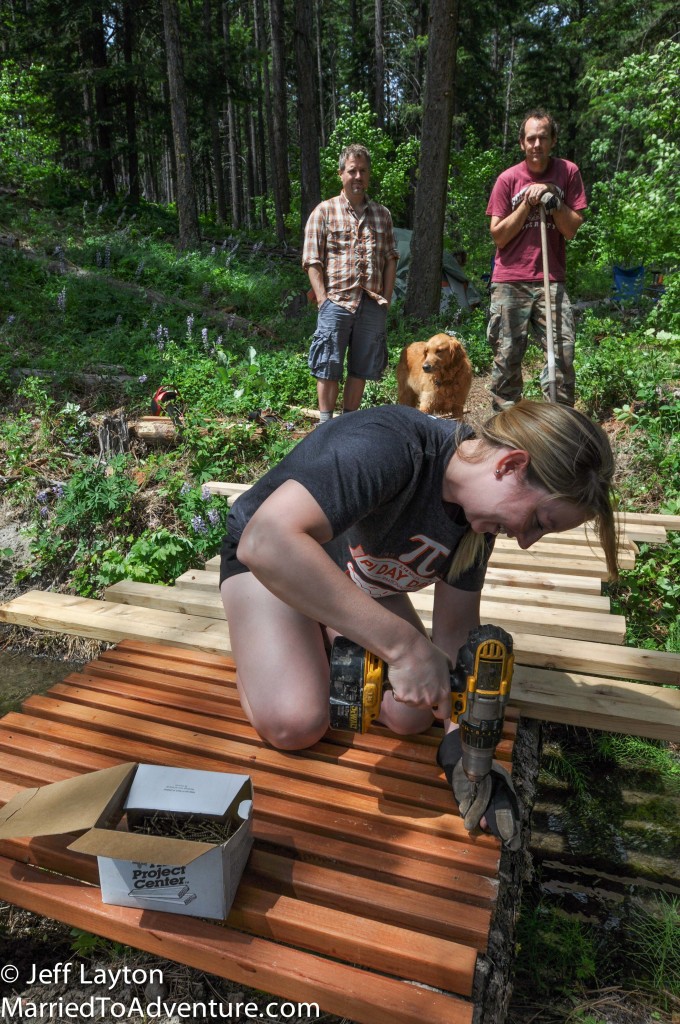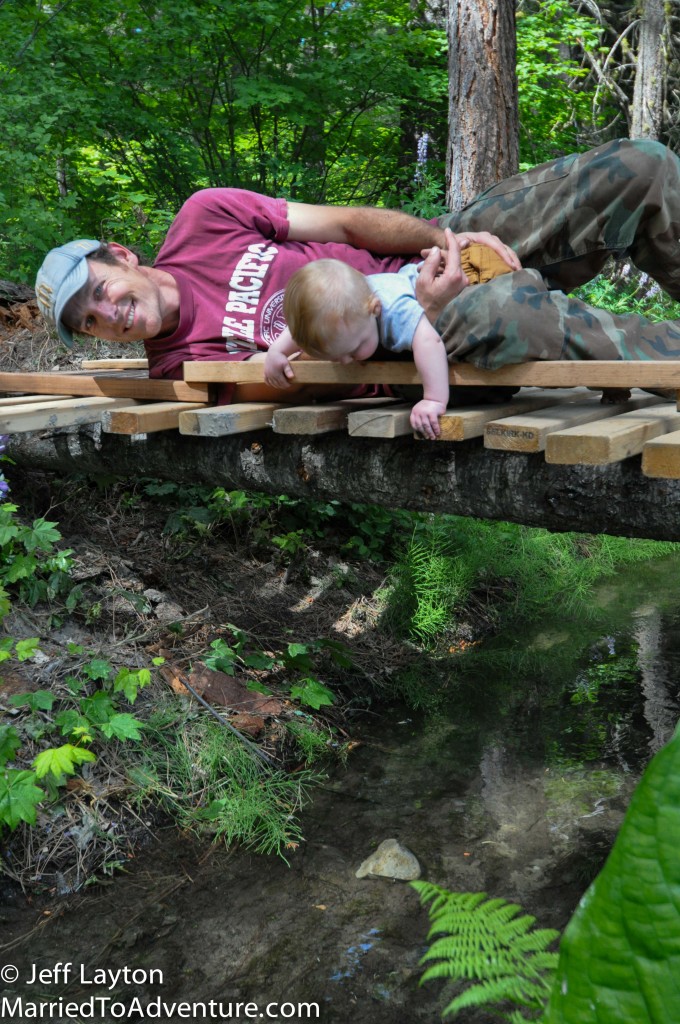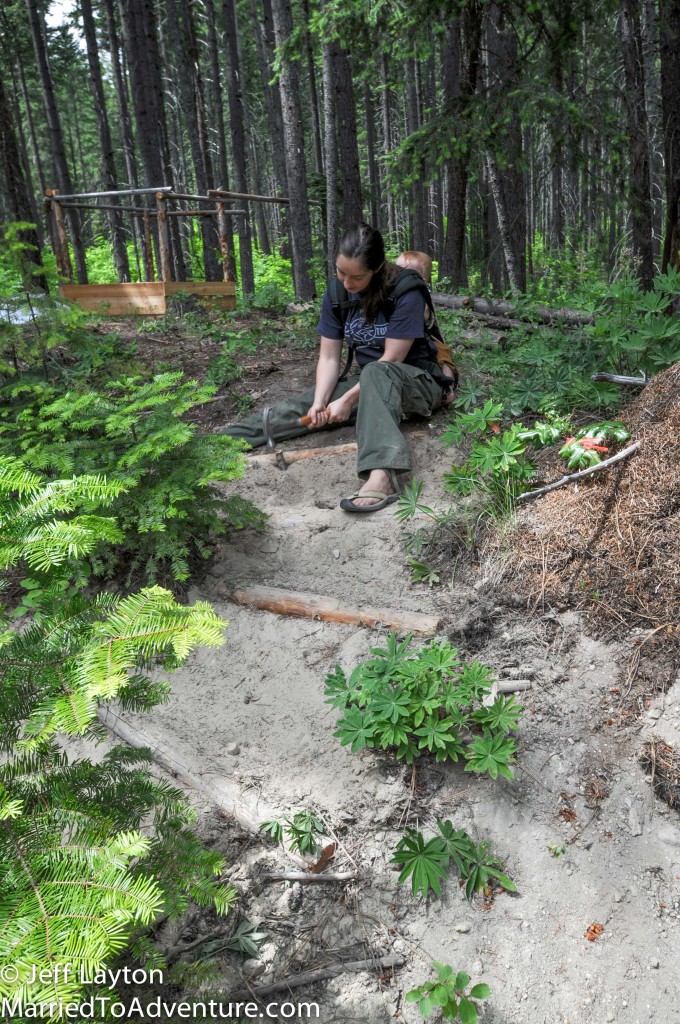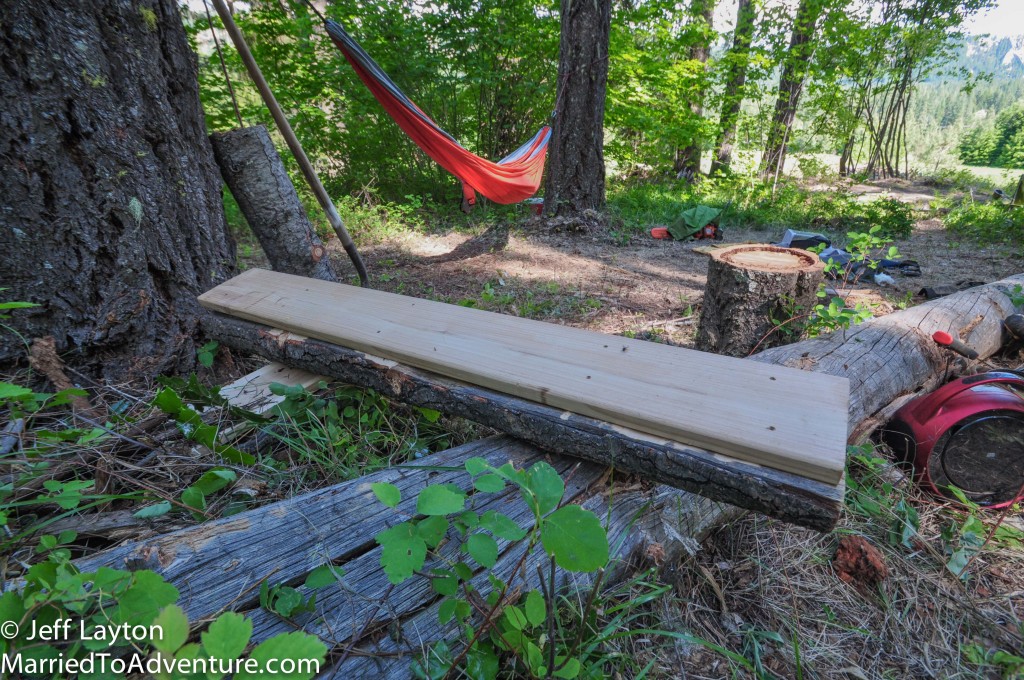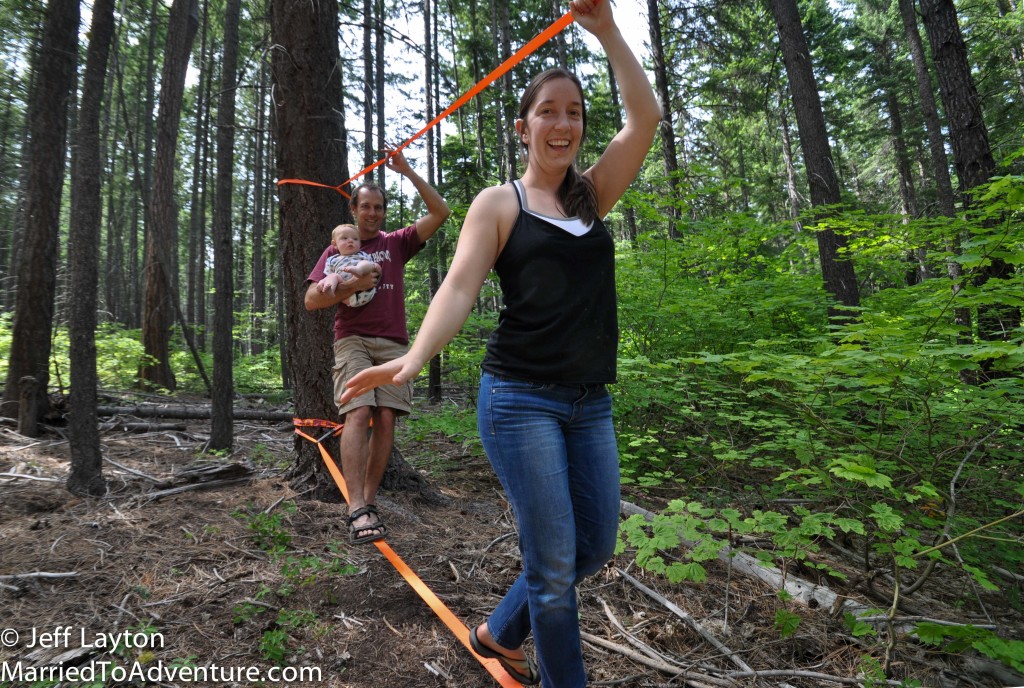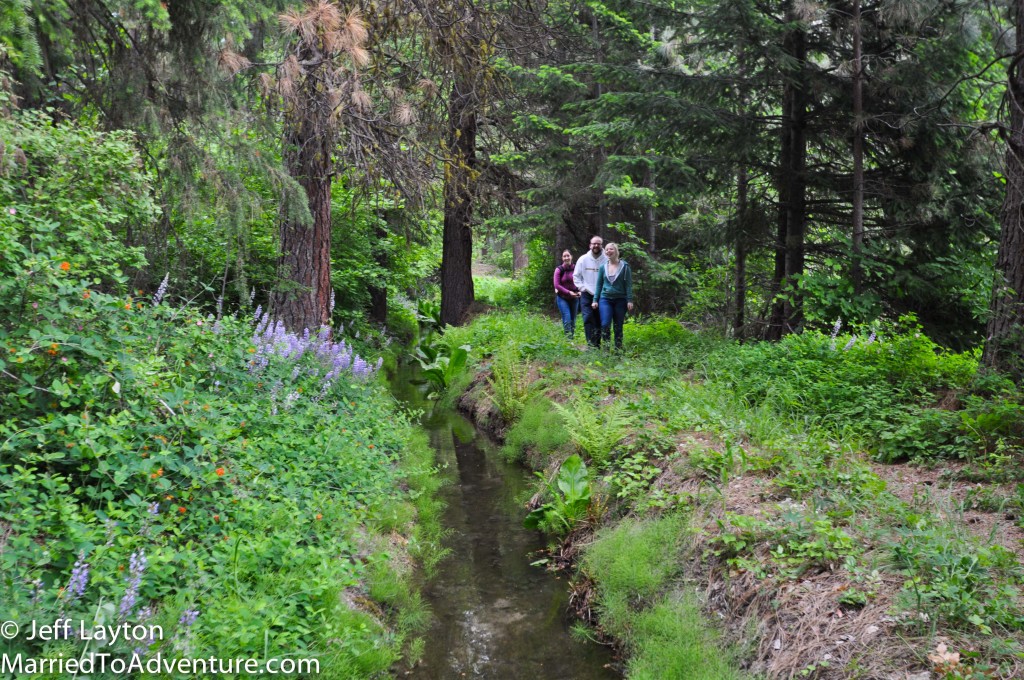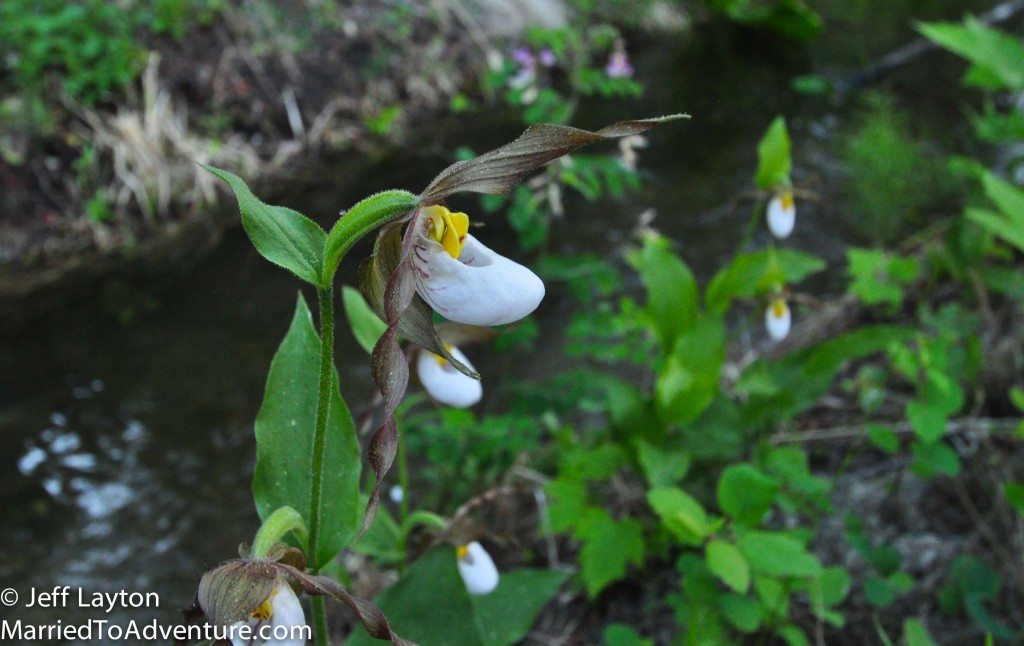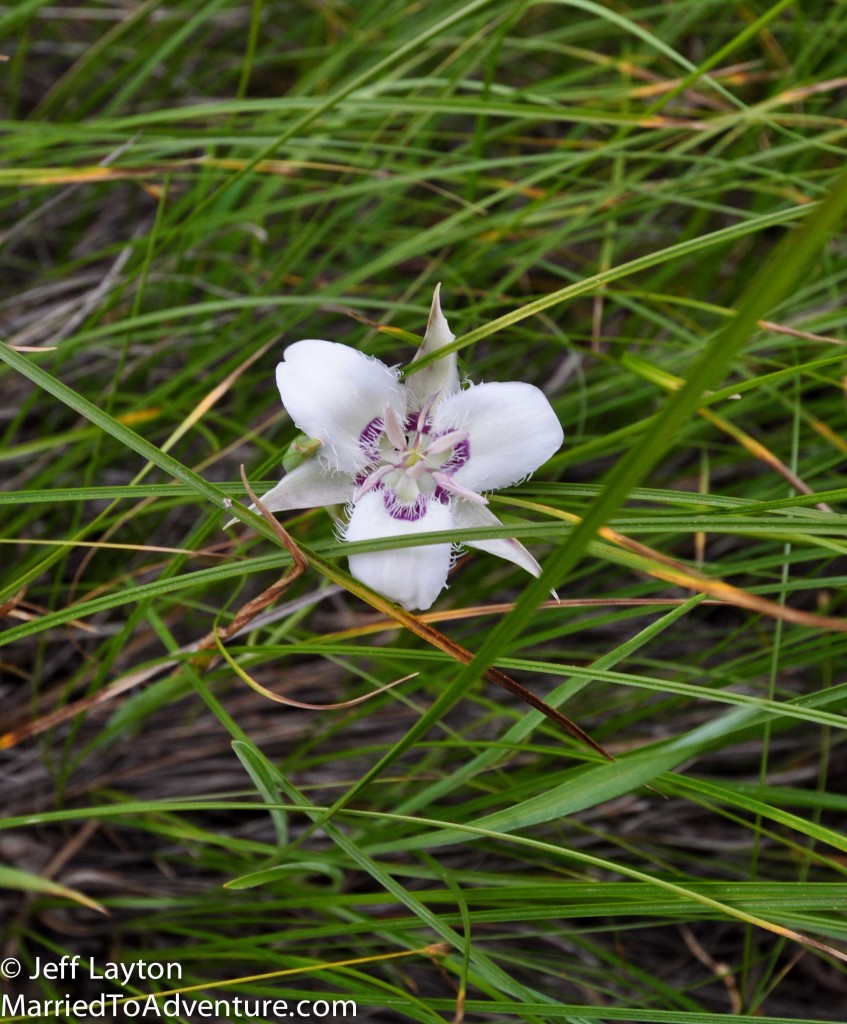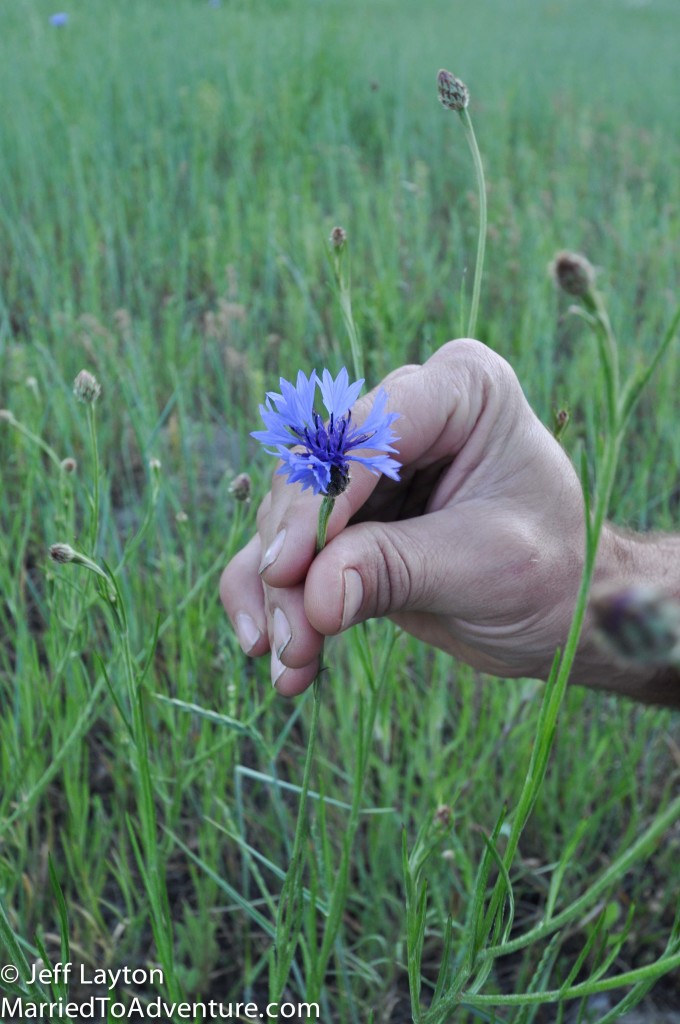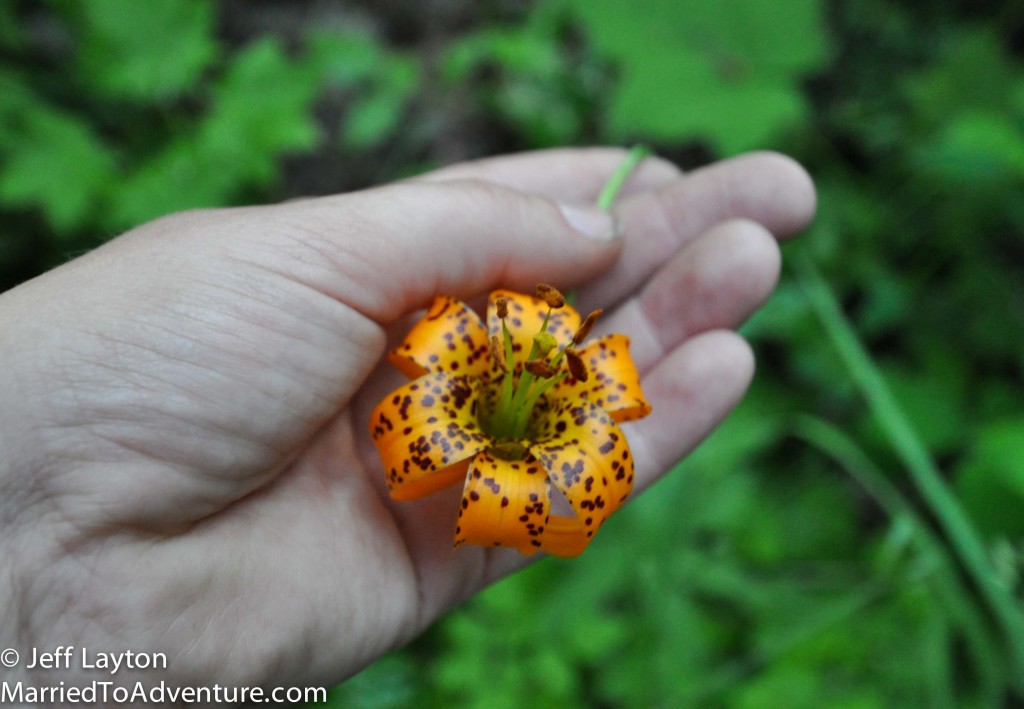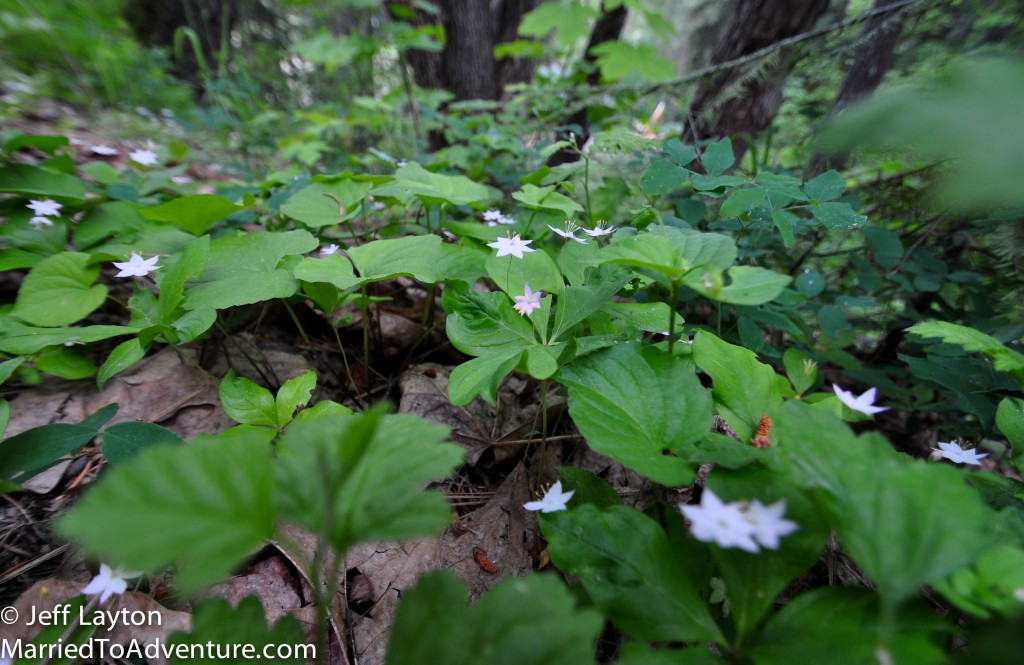In the final days before the annual burn ban goes into effect, we spent a weekend burning off our brush piles.
As we’ve gone about surgically cutting roads, trails and camping spots, we’ve stacked a lot of vine maple and scraggly trash trees. The oldest piles were no more than two months old, so we figured it would take us months to cremate all of it. Nope.
As fast as we could toss in the branches, they would incinerate like matchsticks. In less than a day, we were able to clear virtually our entire property of the unsightly piles.
Not having managed large burns before (in a region known for forest fires), we opted for a cautious approach and tried to use what we know about firebreaks. First, we selected an open clear area and started a small fire, while raking the nearby leaves and twigs into the center. When we had some good coals going, we threw on some long dead branches and managed the fire carefully as it burned a larger and larger area. Eventually we “backburned” an area larger than we were planning on using. We let that big fire burn down to a manageable level, and let the charred area around it serve as a firebreak.
(Disclaimer: you should always burn near a water source, and have a shovel and fire extinguisher on hand. Also burning on a windy day is asking for sparks to go flying).
We had two huge nasty vine maple root balls right in the middle of our road, so we decided to set fires directly overhead hoping the Mordor inferno would do the hard work of clearing the roots for us. Nope.
Despite hours of blazes, once the ashes had cooled we hit the mass with a shovel and it just went thud. In the end, we had to resort to old-fashioned methods: digging and smashing them with axes (hard work but strangely fulfilling).
Building Bridges
Now that much of the heavy clearing work is finished, we can turn our attention to fun little jobs that add creative life to the property. We enlisted the help of friends to build a prototype bridge across the Little Chiwawa River. It’s really nice to have the option of sourcing 14’ fallen timber directly from your property.
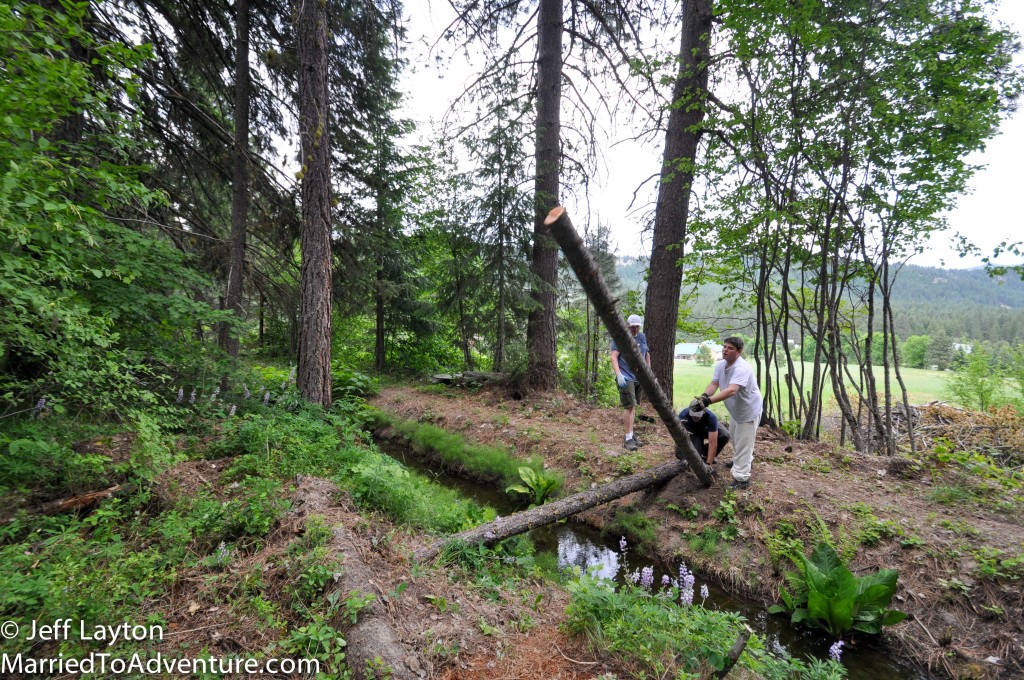
Timber! Using fallen timber from Osprey Acres, we have plenty of timber to span The Little Chiwawa River.
The bridge will eventually have an hourglass shape, and Jeff was playing around with patterns by using some construction scraps we had on hand.
Here are some stairs we built to our bathroom with wood we scavenged from the nearby National Forest.
There are endless benches and tables to build using stuff we find in the area. It reminds me of stealth camping in the National Forest where you spend your weekend improving a camp you’ll never use again – except this is a camp we’ll use for years to come!
For our anniversary Amanda bought Jeff a slackline (like the hippies use at Greenlake) to practice our family circus routine. The first person to slackline across the canal (without falling our using the safety rope) wins a free stay in the yurt!
Critter Update:
We think the “mouse in the box” problem has been solved. Jeff plugged some holes in the floor of the storage box and it’s been a few weeks – no signs of droppings or chewing.
Add a huge frog (could have been a toad) and an adorable little tree frog to the list of critters we’ve spotted. Also a salamander climbed into a hole not ten feet from our new bridge. Frogs are considered a bellwether species when scientists are looking at the health of an ecosystem. For some reason, frogs are really sensitive to environmental changes and die off quickly. Needless to say, we were very excited to greet them.
Wildflowers Galore
We are cataloging all the wildflowers we see in the area and plan on printing a wildflower guide that our future guests can use. Every time we visit, we see at least three new varieties. Here are some of the recent finds:
